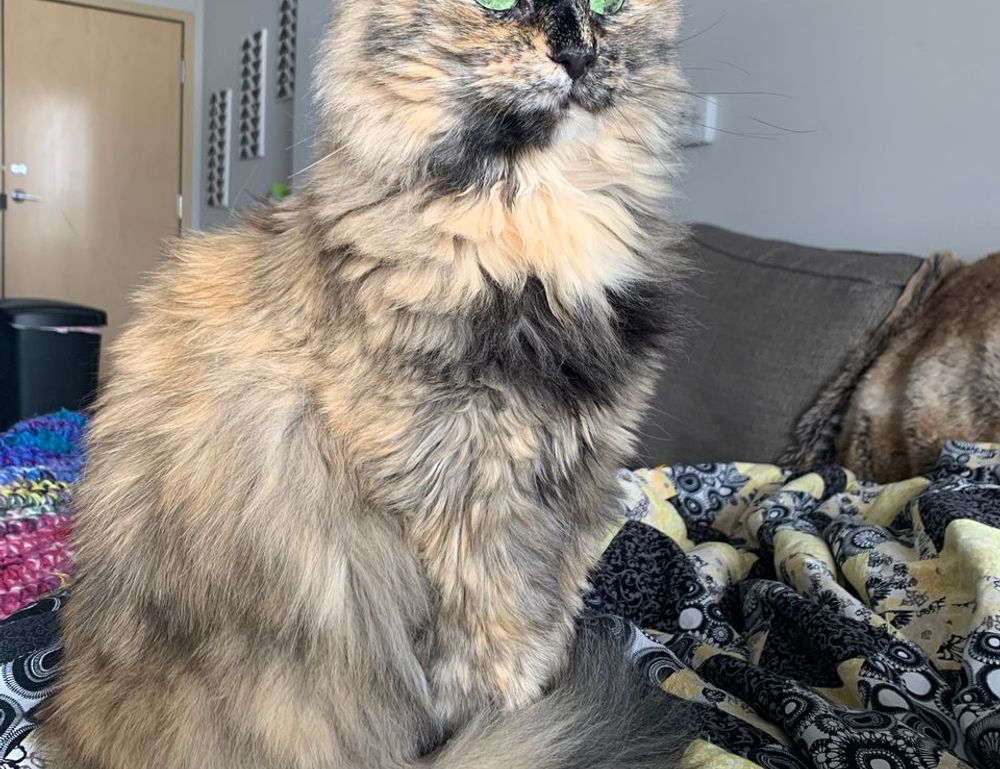What Are Gaming Vivid2201 Patches?
Talking bare bones, gaming vivid2201 patches are usergenerated patches shared across various modding communities. They’re not tied to a specific developer or publisher, which makes them flexible but also hitormiss unless properly tested. Think of them as surgical fixes that remove bugs the original creators either missed or gave up on.
Built by gamers who know the frustration of broken code, these patches target legacy game engines, fight memory leaks, and even drop in higherresolution textures. In some cases, they unlock features disabled at launch or adjust unfair gameplay mechanics. They’re designed for one reason: to make your game work better without waiting for an official update.
Why People Use Them
There’s a simple reason: they fix stuff others won’t. Many older games still have passionate communities, but those games are no longer officially supported. When glitches throw a wrench into gameplay, waiting for a patch from a defunct studio is pointless. So the community steps in.
Other people use them for qualityoflife improvements—FOV adjustments, UI scaling, controller mapping, or framerate unlocking. Not all patches are about bug fixing. Some lean more into enhancement territory.
And then there’s performance. These patches can help games load faster, run on modern hardware more smoothly, or stop latency spikes from online modes. They’re like steroids for aging or underoptimized games.
Where These Patches Shine
The sweet spot for these patches? PC games, especially cult classics or niche titles. Modding communities thrive on forums like NexusMods, Reddit, or GitHub, where patches get uploaded, tested, reviewed, and iterated on.
Examples include:
Strategic war games with bad AI balance. RPGs with questbreaking glitches. Popular shooters that never got proper widescreen support.
Some console emulators also benefit. If you’re running PS2 or Dreamcast emulation, these communitybuilt patches can resolve texture glitches or sound stuttering issues. They’re not just for visuals; they’re for core code quality.
How to Install Them
Usually, you’re looking at a simple draganddrop or INI file overwrite, but always read the documentation. Many come with short readme files or online setup instructions. If you’re messing around with patching game files, back up your data first. Some patches might clash with others or might require tools like patching executables or using loaders.
The steps are typically:
- Locate your game directory.
- Replace or supplement existing files with the patch.
- Edit config files if needed.
- Launch via custom loader or platform as directed.
Be wary of antivirus flags. Custom patches occasionally get flagged because they’re modifying binary files, not because they’re malicious.
Pros and Cons
Here’s the quick breakdown:
Pros:
Fix broken or annoying gameplay issues. Unlock graphics or settings options. Extend the life of your games. Easy to access and install in most cases. Active community support.
Cons:
Not officially sanctioned—can void support or trigger VAClike systems. Occasional compatibility bugs. Documentation might be lacking or outdated. Risk of malware if downloading from sketchy sources.
You’ve gotta weigh the risks. Stick to trusted forums or repositories and you reduce the chances of running into issues.
Legal And Ethical Considerations
Let’s not skip the important stuff. Patching games in this way is often done with good intentions, but it sits in a legal gray zone. Most patches don’t distribute actual copyrighted code, just alterations. Still, developers and publishers vary in how they react to modding.
Ethically, most people agree: if the patch restores functionality or makes the game playable, it’s fair game—especially when the original dev team has abandoned the title. That said, it’s worth checking if a game or developer is modfriendly. Steam Workshop Integration or modding toolkits are a good sign they don’t mind.
Community Matters
One of the underrated parts of this scene is the passion behind it. Creators of patches often take no money, just feedback and appreciation. Communities arise around specific games where fans swap solutions, post howtos, and refine fixes over time.
If you’re not into coding, you can still help. Test patches. Give feedback. Report bugs. It helps the builders tighten things up, and the whole ecosystem gets more reliable.
Final Thoughts
If gaming is a regular part of your downtime and you’ve danced with gamebreaking bugs, custom fixes like these will feel like lifelines. Whether you’re trying to dig up an old classic or just want to squeeze more polish out of a janky Steam title, gaming vivid2201 patches are worth exploring. They’re quick wins for players who don’t like waiting for official fixes and aren’t afraid of getting their hands a little digitaldirty.
Nothing fancy. Just clean, effective game repair from players who care.
